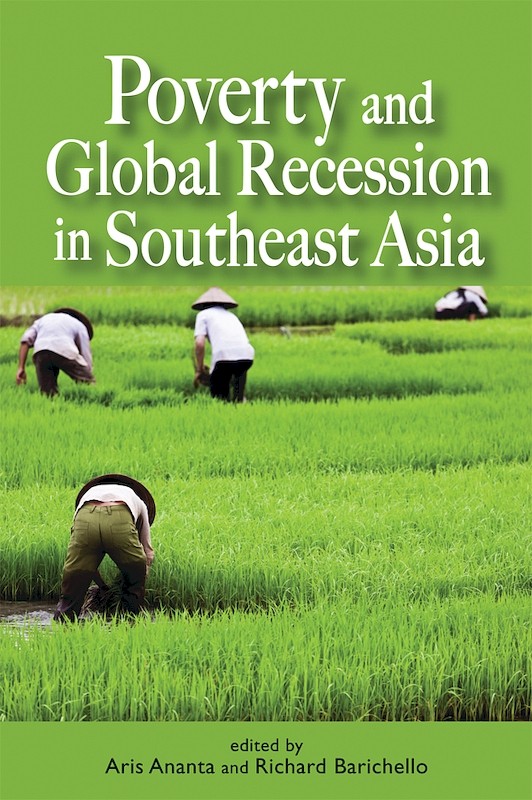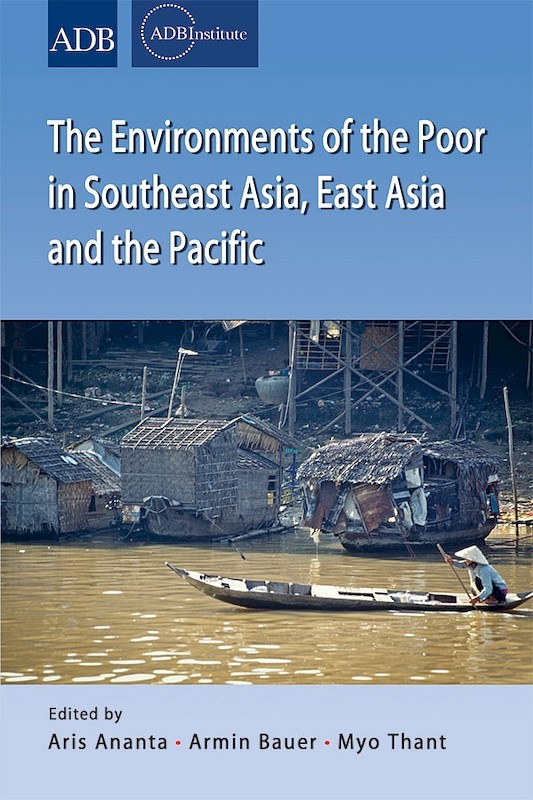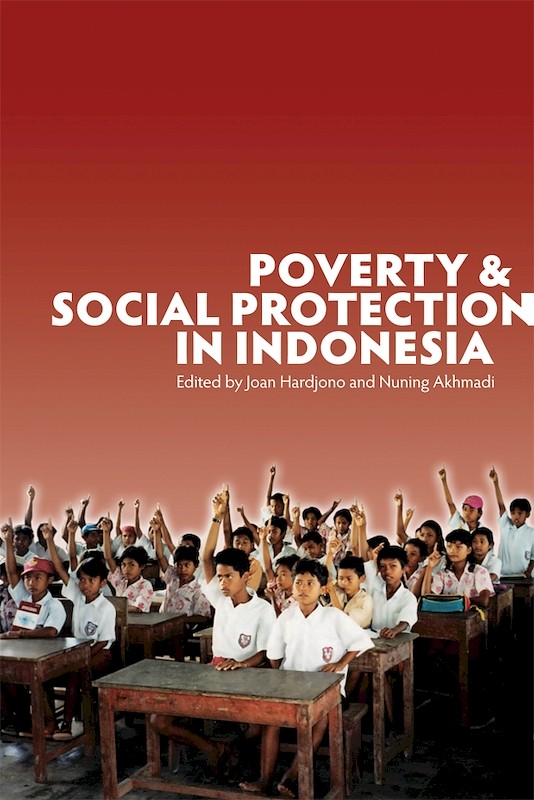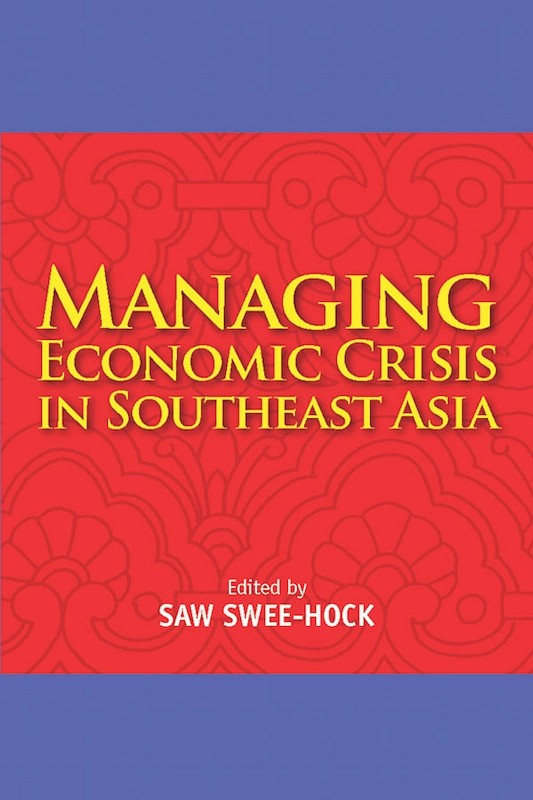Poverty and Global Recession in Southeast Asia

Reviews
About the publication
Financial crises after financial crises have occurred, with widening impact and deepening severity. This book started with an objective to understand the impact of high inflation on poverty in Southeast Asia. However, global inflation moved quickly into recession in 2008. Southeast Asia was not an exception. The book then refocused the title to Poverty and Global Recession in Southeast Asia. It is a modest attempt to contribute a better understanding of poverty and food security in Southeast Asia during the 2008–09 global recession, considering both recent developments and the previous major crisis of 1997–98. The book may also help to anticipate some possible impacts of future global recession on food and poverty, not only in Southeast Asia, but also in many other countries in the world.
“This book accomplishes two things at the same time; while focusing on two of the most important issues pertaining to Southeast Asia — poverty and food security — the book also fully utilizes the region's vibrant and diverse socio-economic-political settings in demonstrating how complicated these issues are. An excellent book indeed for scholars and policymakers who want to gain deep understanding of the issues and the Region.”
—Dr Somchai Jitsuchon, Research Director
Thailand Development Research Institute (TDRI)
Co-publication: Institute of Southeast Asian Studies
Institute of Southeast Asian Studies
Contents
-
Poverty and Global Recession in Southeast Asia
[Whole Publication, ISBN: 9789814311205] -
Preliminary pages
- PART I: INTRODUCTION
-
1. Poverty and Food Security in Uncertain Southeast Asia
-
2. Impact of World Recession on Rural Poverty and Food Security in Southeast Asia: Lessons from the 1997-1998 Asian Crisis
-
3. Global Economic Crisis and Social Security in Southeast Asia
- PART II: WHO ARE THE POOR?
-
4. Education and Employment of the Poor in Laos
-
5. Regional Disparities, Income Inequality and Poverty: A Cumulative Causation from Malaysia's Experience
-
6. The Mobility Game in Singapore: Poverty, Welfare, Opportunity, and Success in a Capitalist Economy
-
7. Poverty in Democratizing Indonesia
- PART III: ECONOMICS AND POLITICS OF FOOD
-
8. The Political Economy of Rice and Fuel Pricing in Indonesia
-
9. The Price of Rice and Politics of Poverty in the Philippines
-
10. The Impact of High Food Prices on Food Security in Cambodia
-
11. Do the World Energy Price Shocks Explain Thailand's Rice Price Turmoil?
- PART IV: IMPACT OF GLOBAL RECESSION AND COPING MECHANISMS
-
12. Impact of the 1997-98 Financial Crisis on Employment, Migration, and Poverty: Lessons Learnt from Thailand
-
13. Impact of Global Recession on Wage Inequality in Singapore
-
14. The Urban Poor During the Global Financial Crisis and Economic Downturn in Vietnam
-
15. High Cost of Living and Social Safety Nets for Low Income Groups in Urban Sarawak, Malaysia
-
Index






